5.06.2024
Cape Canaveral Space Force Station, Fla., (June 1, 2024) – For the first time in history, a United Launch Alliance (ULA) Atlas V carrying NASA astronauts aboard Boeing’s CST-100 Starliner lifted off on June 5, 2024 at 10:52 a.m. EDT from Space Launch Complex-41 (SLC-41) at Cape Canaveral Space Force Station, Florida. The launch of NASA astronauts Barry “Butch” Wilmore and Sunita “Suni” Williams marks the return of human spaceflight to Cape Canaveral and extends the Atlas legacy, echoing the launch of U.S. astronaut John Glenn aboard a heritage Atlas LV-3B rocket from Cape Canaveral, Florida, in 1962.
“Safety is a critical part of the ULA decision-making process, and we are deeply honored to have been entrusted with the responsibility of starting the astronauts on their journey to the International Space Station, one that we will watching throughout their mission,” said Gary Wentz, ULA vice president of Government and Commercial Programs. “ULA has performed a tremendous amount of work in conjunction with our partners at Boeing and NASA to ensure our designs provide the highest level of safety to the crew and we will continue to prioritize our dedication to safety as we look forward to future launches in support of NASA’s Commercial Crew Program.”
While the mission is continuing, the Atlas V rocket’s job is complete and safely delivered the Starliner and crew to a 98-nautical mile (nmi) sub-orbital trajectory. Following separation from the Atlas V, the Starliner engines ignited to place the crew on their orbital path to the space station.
“My congratulations and sincerest gratitude to our unrivaled team and exceptional partners on the launch of a new era in human spaceflight aboard one of the most reliable rockets in the world,” said Tory Bruno, ULA’s president and CEO. “It’s a profound honor to assist in enabling assured reliability and redundancy of crewed launches.”
About United Launch Alliance
All rockets are not created equal. ULA is the nation’s most experienced, reliable and accurate launch service provider delivering unmatched value, a tireless drive to improve, and commitment to the extraordinary. Vulcan’s inaugural launch marked the beginning of a new era of space capabilities and provides higher performance and greater affordability while offering the world’s only high energy architecture rocket to deliver any payload, at any time, to any orbit.
Quelle: ULA
+++
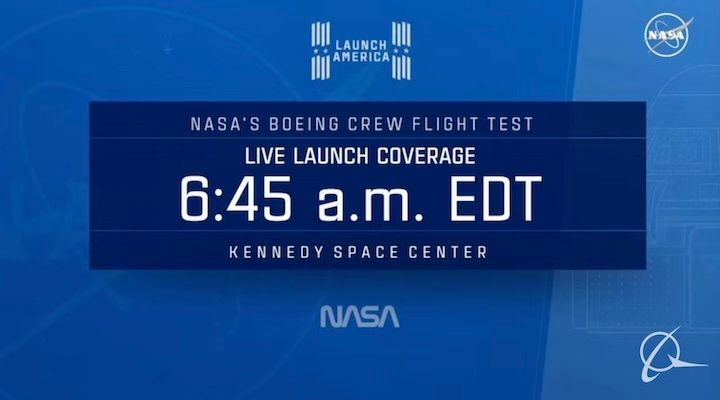
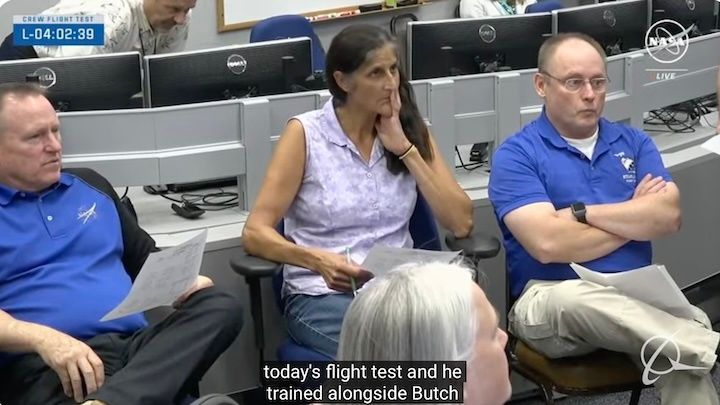

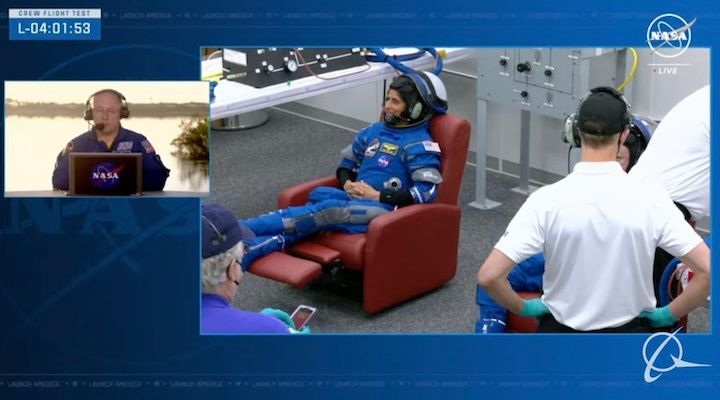

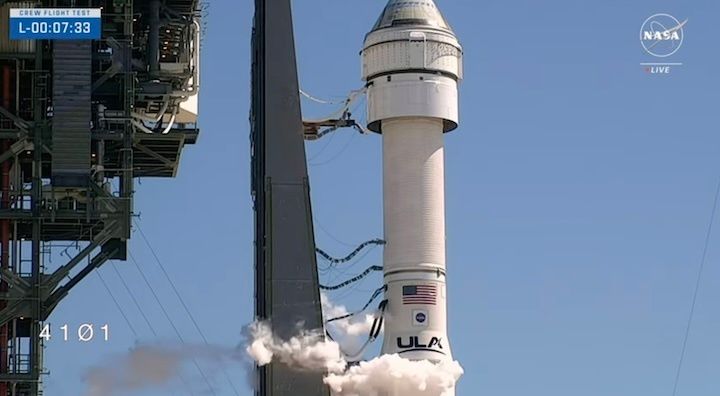


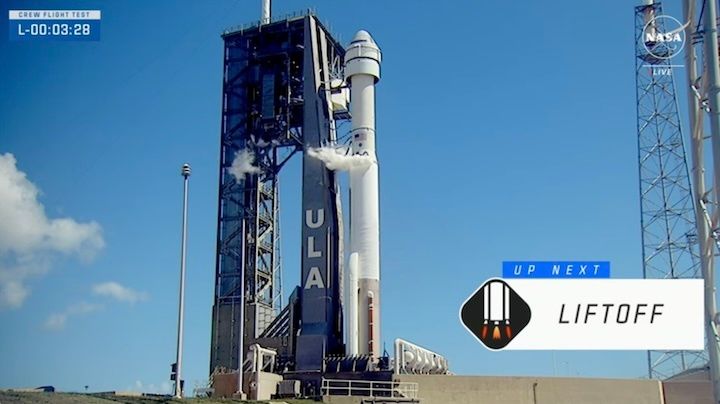
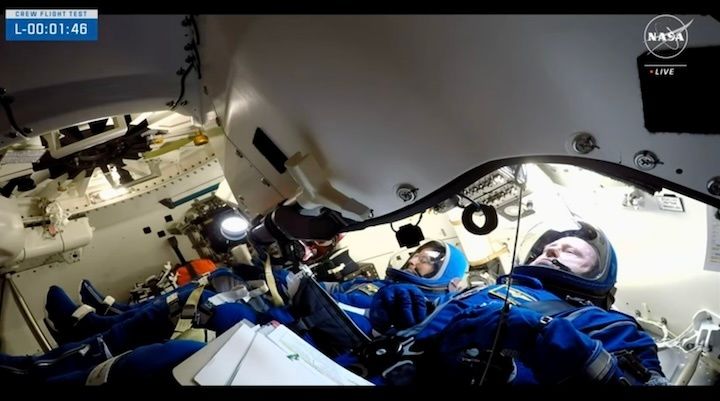
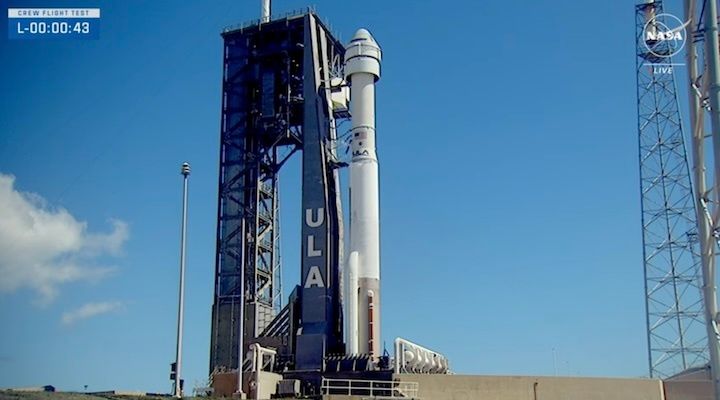
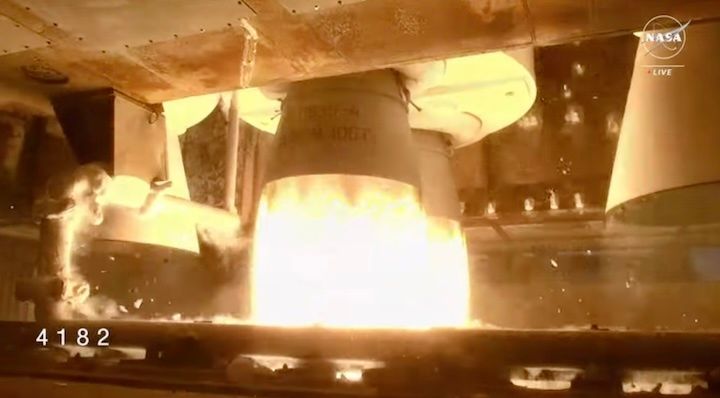
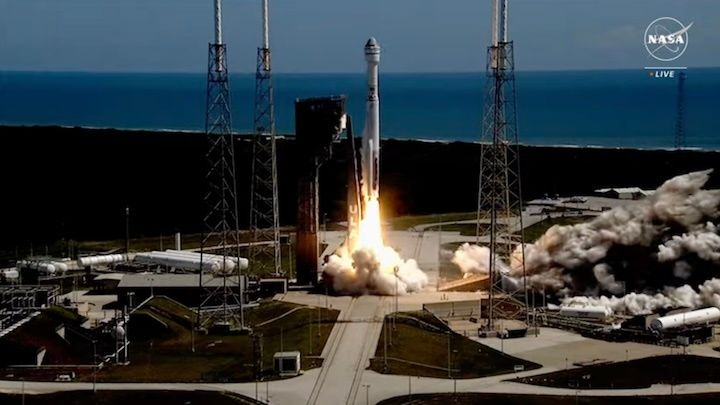
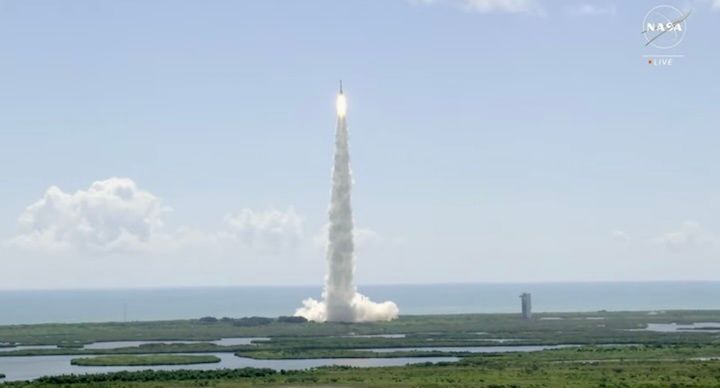
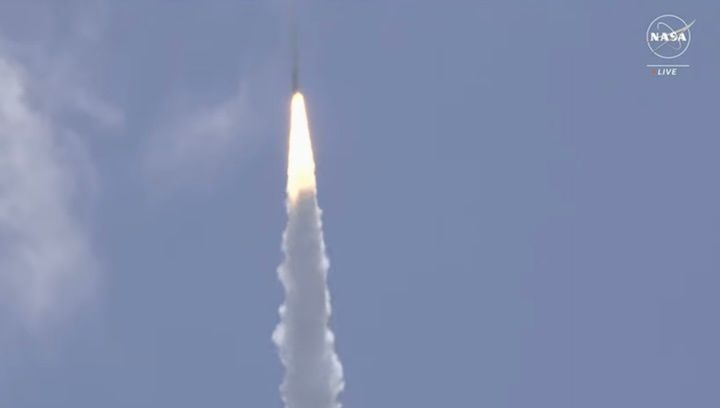
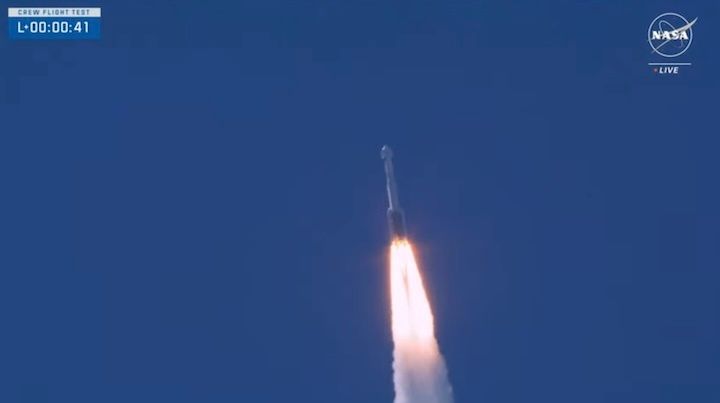
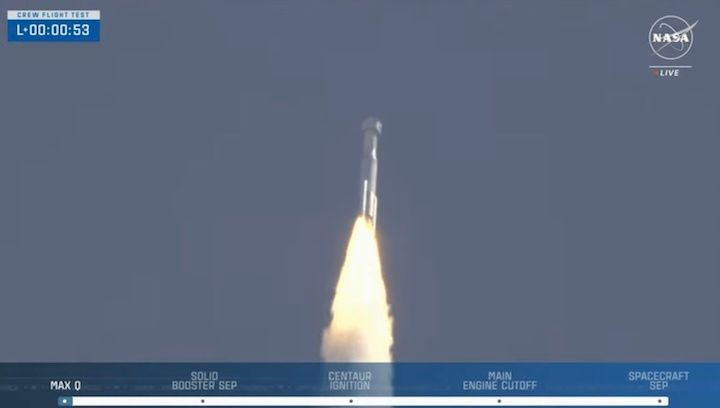
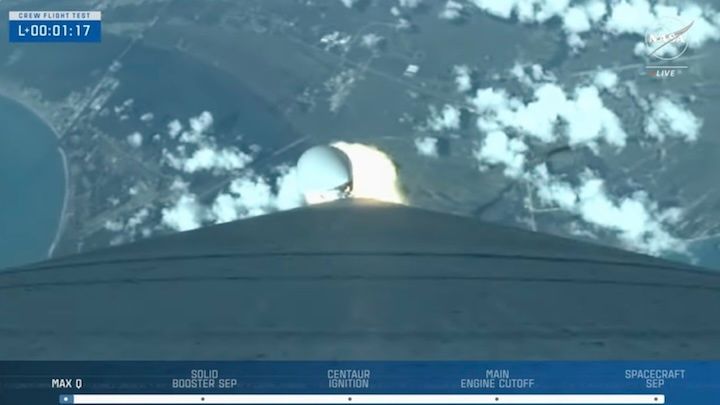
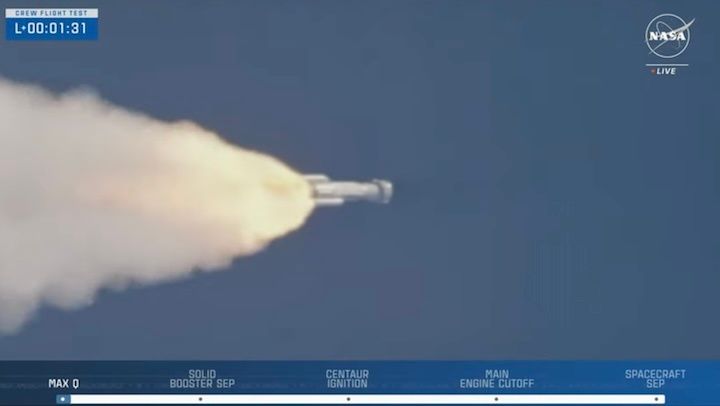
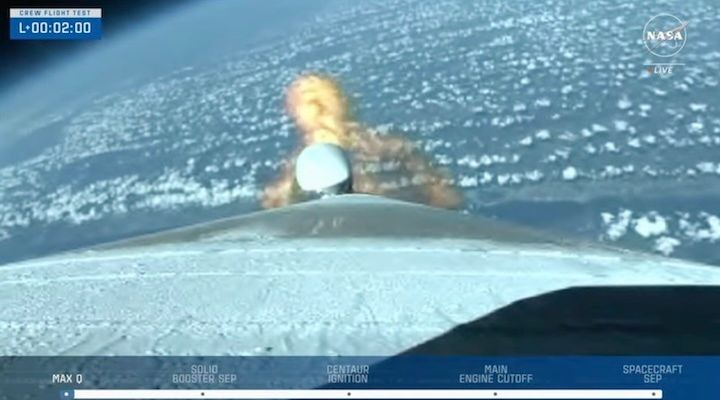

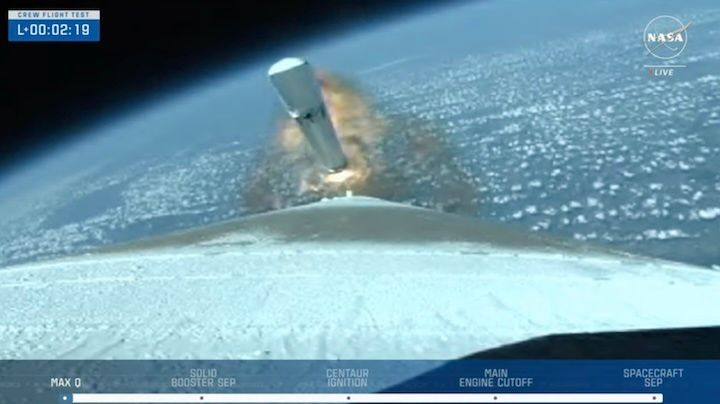
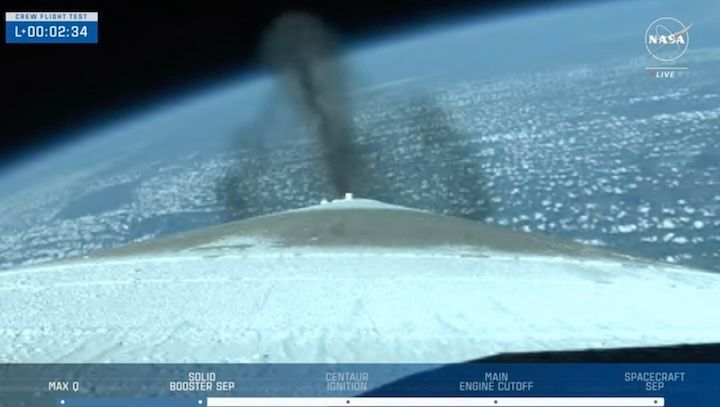
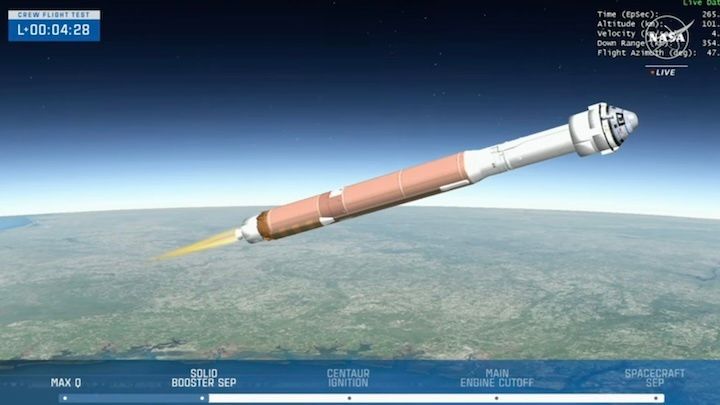
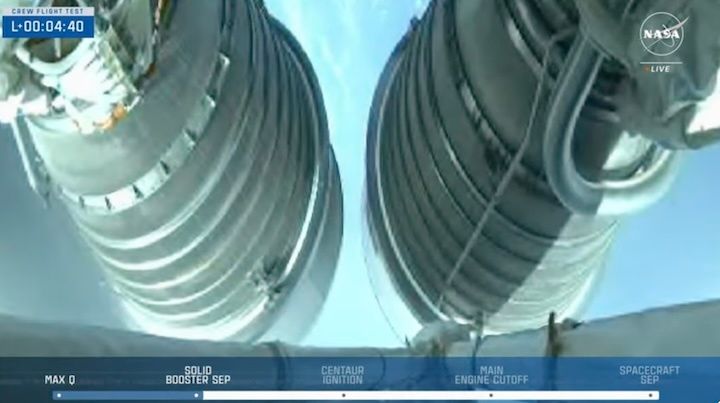

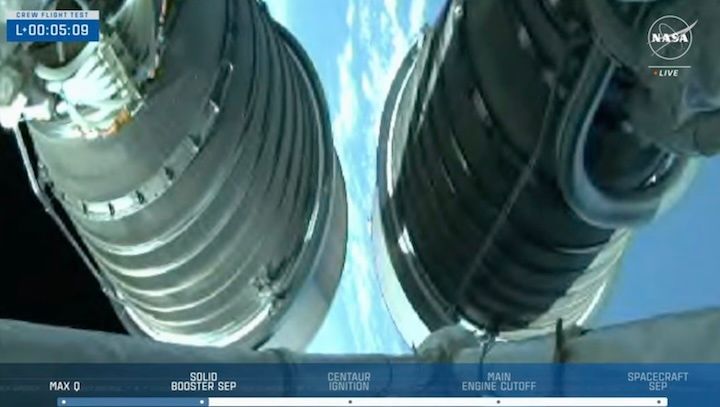
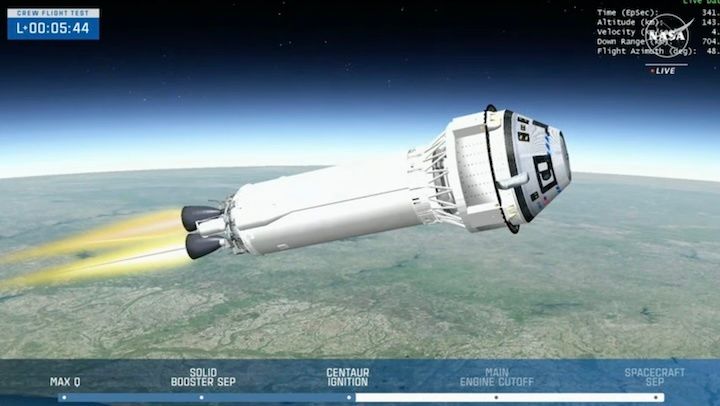
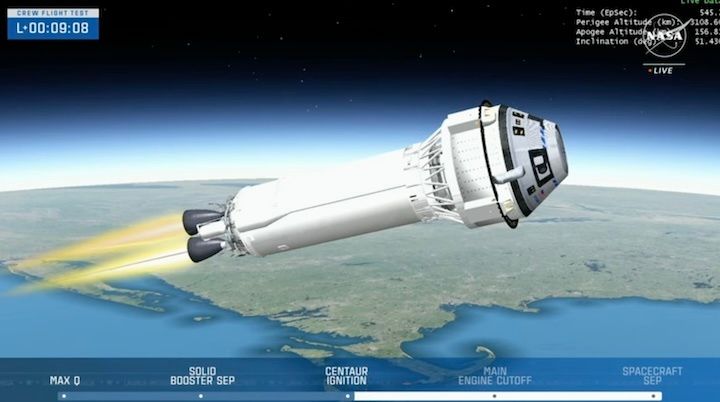
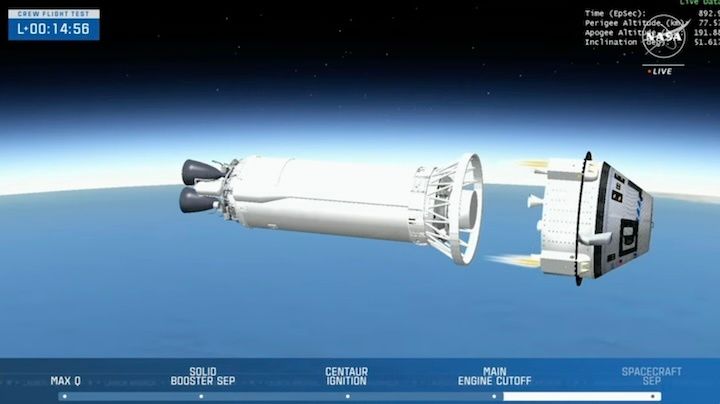

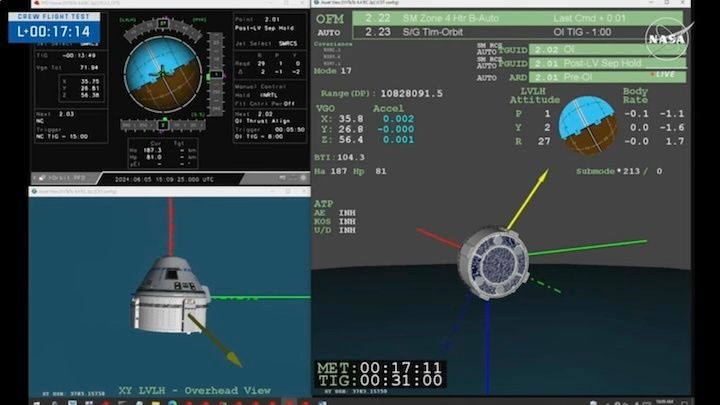
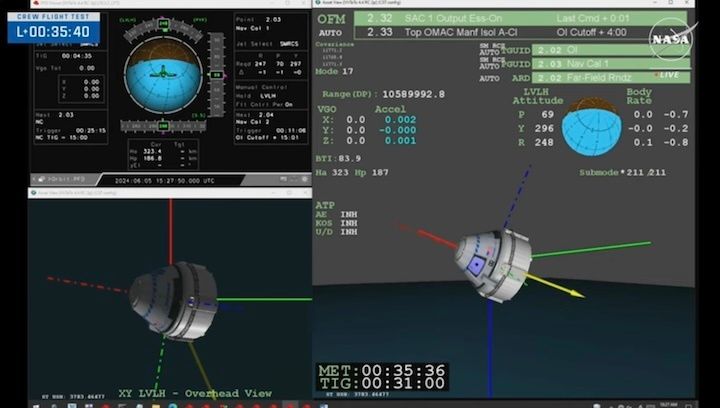
Quelle: NASA
----
Update: 6.06.2024
.
Boeing Starliner launches with astronauts on first crew flight test
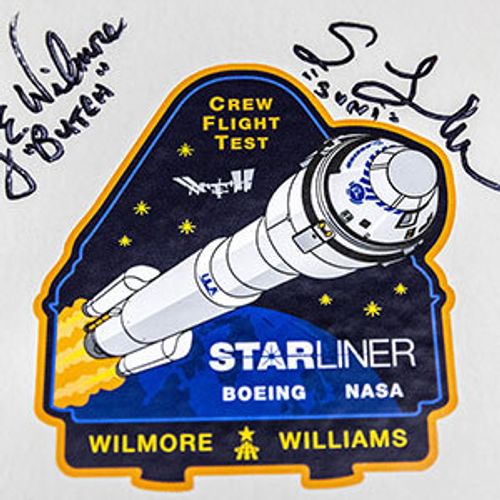
For only the sixth time in history, NASA astronauts have reached Earth orbit aboard a new type of American spacecraft.
Barry "Butch" Wilmore and Sunita "Suni" Williams on Wednesday (June 5) lifted off on Boeing's first CST-100 Starliner commercial spacecraft to fly with humans. The Crew Flight Test (CFT) will test the capsule's systems on a week-long mission to and from the International Space Station. If successful, the mission will pave the way for future Starliner flights that will launch and return station expedition crews.
"We've got our fingerprints on every single procedure that exists for this spacecraft and that is part of what the test process is," said Wilmore, CFT commander, during a prelaunch press conference.
"This is our opportunity to lay that groundwork," said Williams, CFT pilot. "We are thinking about this for not only our flight, but for the flights of Starliner 1, 2, 3, 4, 5 ... for everybody who's going to come to behind us and fly the spacecraft. We want to make it as best as possible."
Clad in bright "Boeing Blue" pressure suits that were developed for this flight by David Clark Company (with input on the boot design by Reebok), Wilmore and Williams launched aboard the Starliner "Calypso" atop a United Launch Alliance (ULA) Atlas V rocket. The 10:52 a.m. EDT (1452 GMT) liftoff from Space Launch Complex 41 at the Cape Canaveral Space Force Station marked the return of astronaut flights using a pad on the Cape-side of Florida's Space Coast after a 56-year hiatus and human spaceflight using Atlas rockets after 61 years.
Soaring skyward on the thrust generated by a Russian-built RD-180 engine and two solid rocket boosters provided by Northrop Grumman, the Atlas V jettisoned the SRBs two minutes and 20 seconds into flight and then dropped its 106.5-foot-long (32.4 m) first stage two minutes later, leaving the dual-engine Centaur upper stage to continue pushing Starliner and its crew into Earth orbit.
Just under 15 minutes after lifting off, the Starliner separated from the Centaur and began a day-long journey to the space station. The capsule is scheduled to autonomously dock to the forward-facing port on the station's Harmony node at about 12:15 p.m. EDT (1615 GMT) on Thursday.
Before then, Wilmore and Williams are scheduled to put the Starliner through its paces, demonstrating that it can safely navigate and link up with the space station and quickly retreat if something goes wrong, as well employ a failsafe backup mode unique to the capsule.
"Say your computers fail or some other failures occur and you need just basic, no computers, control to the jets [thrusters]," said Wilmore. "We can go into this backup mode and actually control the spacecraft all the way to a pinpoint landing back here on Earth."
"This is the only spacecraft that can do that," he said.
Once aboard the space station, Wilmore and Williams will work with the Expedition 71 crew by helping mostly with maintenance needs around the orbiting laboratory. There is also a planned "safe haven" test, where space station crew members will augment the two CFT astronauts to demonstrate how the Starliner can be used as a "lifeboat" were an emergency to arise.
After about a week docked to the station, pending weather conditions, Wilmore and Williams will board Calypso and depart for Earth. On their way home, they will again assess manually piloting Starliner.
As the only U.S. space capsule designed to orbit Earth and then land on land, the Starliner will bring Wilmore and Williams to a soft touchdown under parachutes and atop airbags in the western United States. Potential landing locations include two targets in the White Sands Missile Range in New Mexico; Willcox, Arizona and the Dugway Proving Ground, Utah. Edwards Air Force Base in California is also available as a contingency landing site.
Starliner is both Wilmore's and Williams' third ride into space. Separately, they both previously flew on a space shuttle mission and on a Russian Soyuz flight to the International Space Station.
Both test pilots in the U.S. Navy, Wilmore, 61, logged 178 days in space prior to this mission, while Williams, 58, has a total of 322 days off the planet.
Wednesday's launch was the third attempt at beginning the mission. A first try on May 6 was scrubbed due to a valve issue in the Atlas V rocket's Centaur upper stage. After the abort, a small helium leak was also detected in Starliner's service module, which was traced to a flange on a single RCS (reaction control system) thruster. It was subsequently deemed to safe to fly.
Engineers also discovered a design vulnerability that in rare circumstances could affect the Starliner's ability to perform a deorbit burn. A workaround was developed should the issue present itself during the mission.
A second attempt on June 1 was scrubbed less than four minutes before liftoff due to an issue with the ground launch sequencer.
This is Calypso's second launch into space, after flying a problem-ridden orbital flight test in 2019. Williams announced the spacecraft's name after the capsule safely landed, choosing to honor oceanographer Jacques Cousteau and his research vessel of the same name. Boeing flew a second uncrewed orbital flight test in 2022 using a yet-to-be-named second Starliner.
Quelle: CS
+++
Ankunft von OFT3 bei ISS
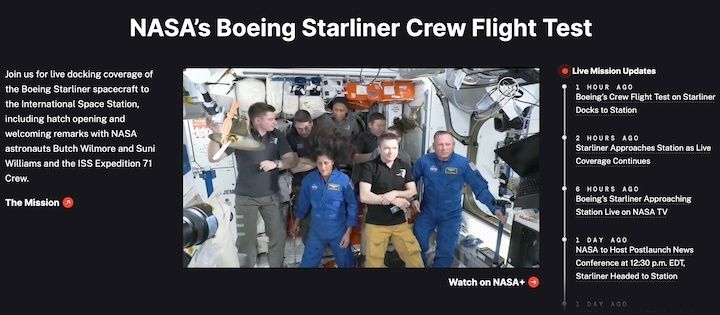

Quelle: NASA

